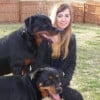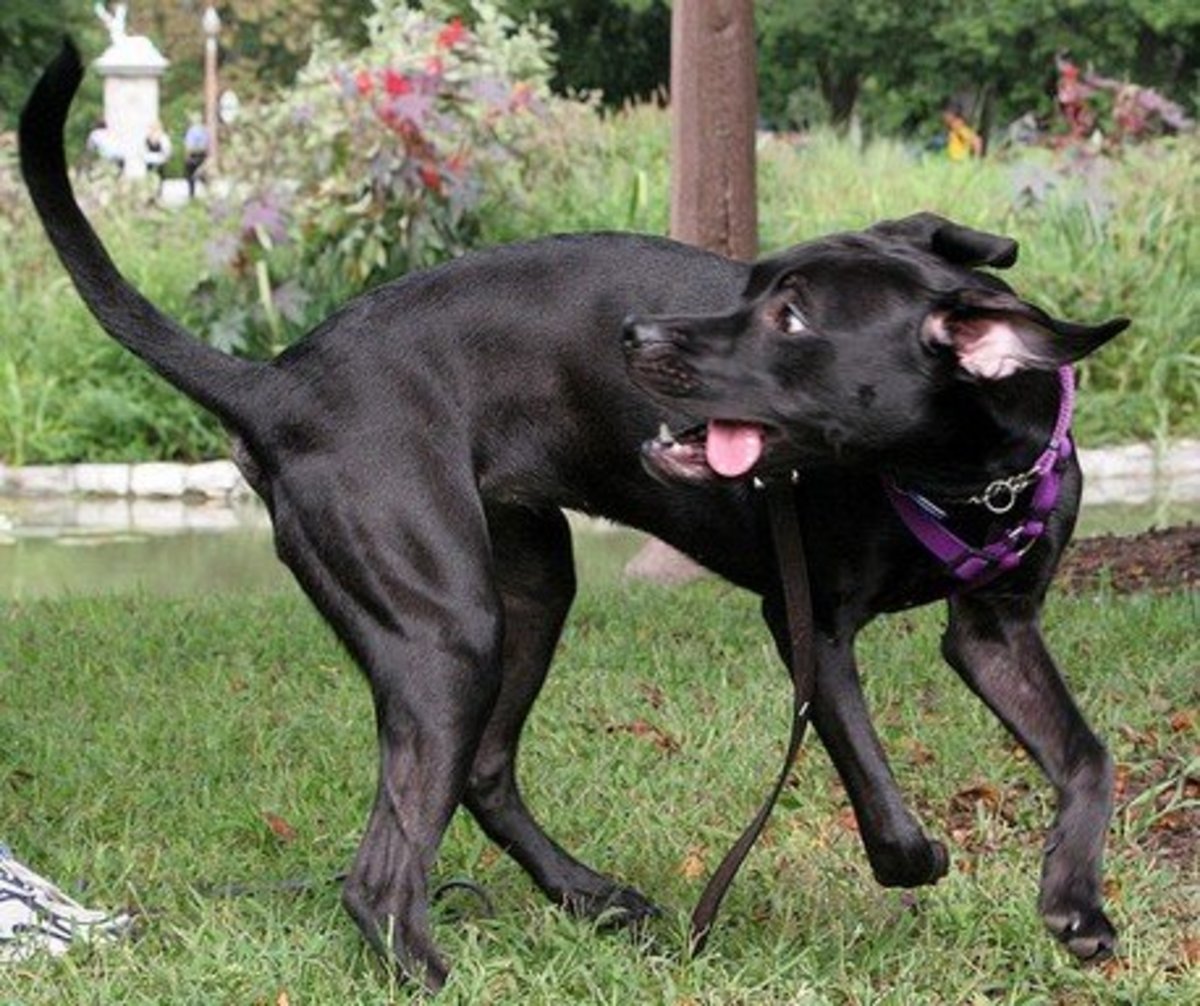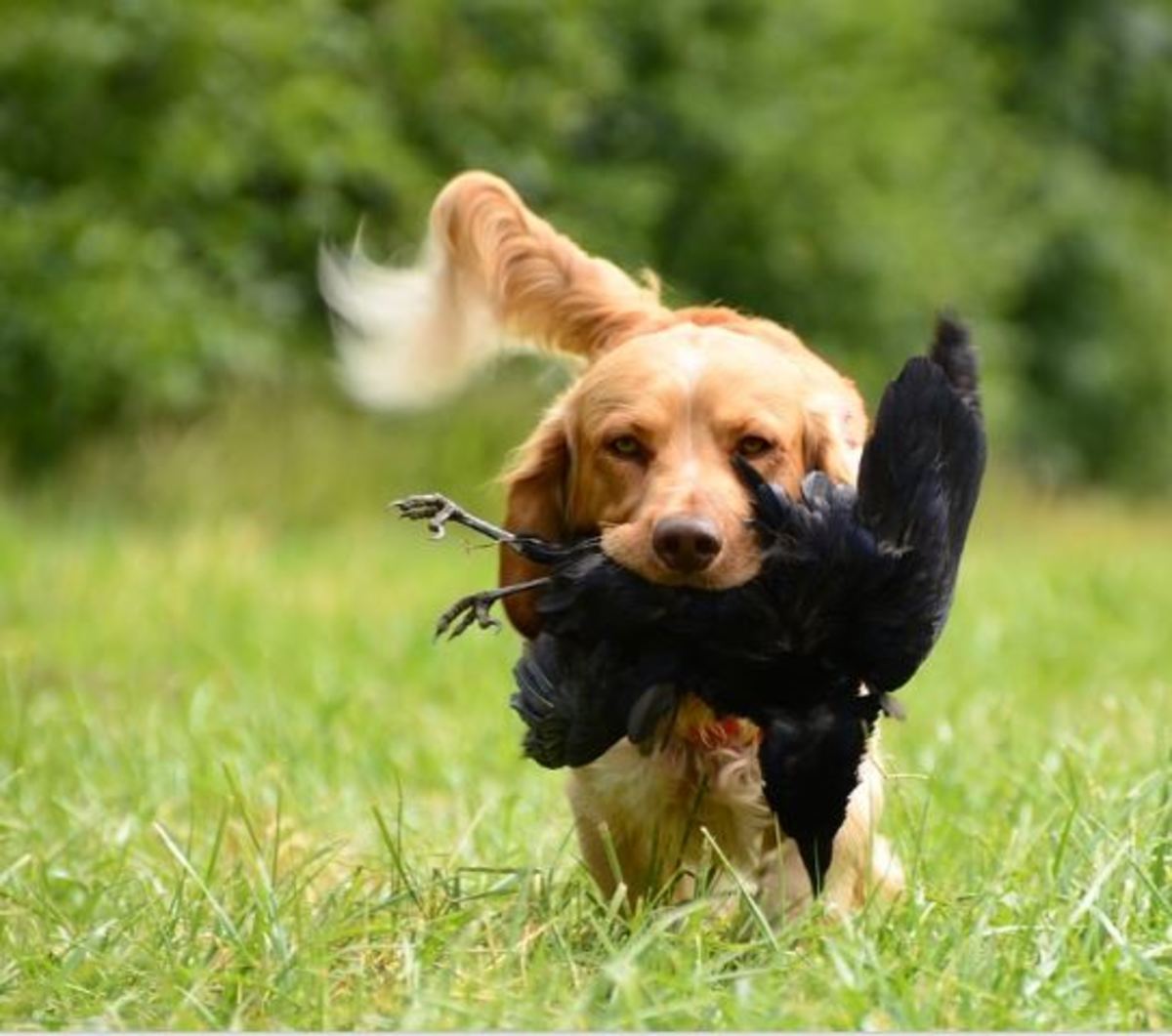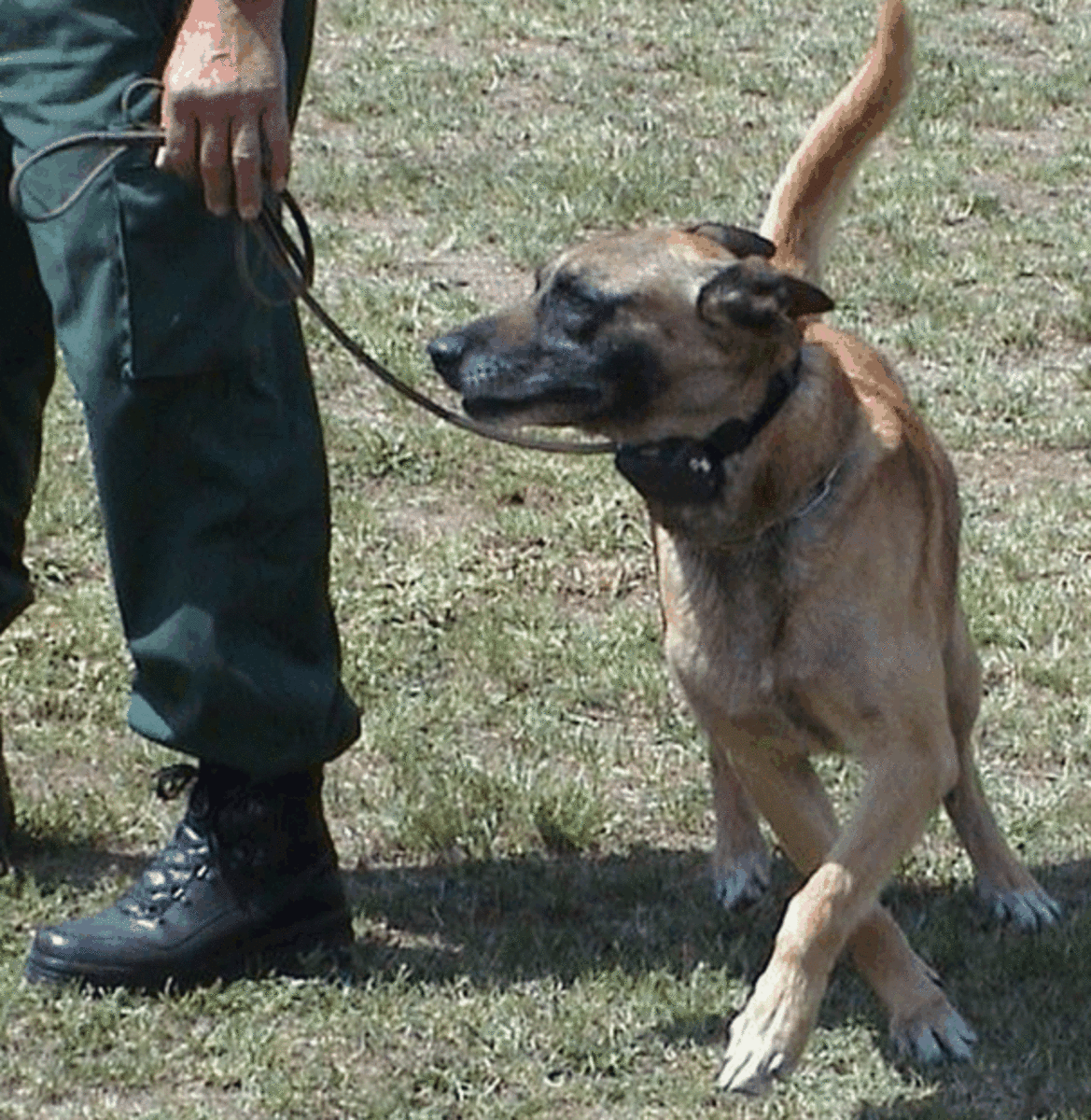Top Tips on How to Train Your Dog
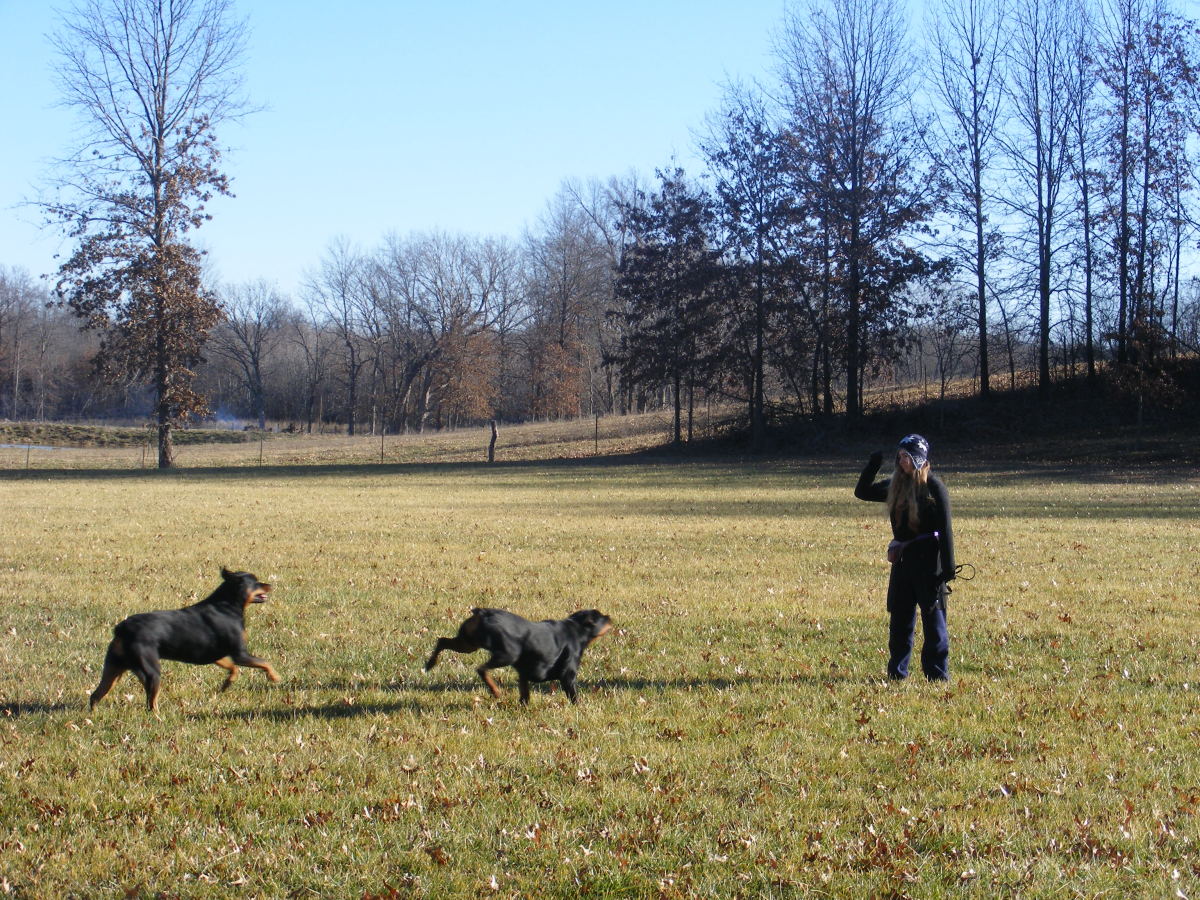
Important Guidelines to Successfully Train Your Dog
Just as with any other field of work, the world of dog training requires a commitment to abide to certain guidelines in order to be successful. If you are trying to train your dog, you must understand that he does not come pre-programmed with the right data to perform wanted actions. Rather, it is up to you as the owner to provide all the data necessary to progress and succeed in training. There are several core values when it comes to dog training and following them will ensure you reap the rewards of having a dog that is a pleasure to be around and a great member of society. Following are some important values and qualities that will help you succeed.
- Patience
It takes a lot of repetition for a dog to learn new behaviors. Dog training indeed does not happen overnight. Only owners who have patience and the will to persist will obtain results. Dogs retain new behaviors better if they are repeated over time and rewarded in a timely matter. It also takes exposure to distractions to obtain reliability and good stimulus control.
- Consistency
When it comes to dog training consistency is key. Dogs do not understand shades of gray but black and white. If your dog is not allowed to beg at the table, watch for your kids dropping chunks of unwanted broccoli under the table. If Rover is not allowed on the couch, don't let him climb just "this one time" because it is cold. Make sure all family members are on the same page and use the same commands for each behavior. You cannot use the command "down" interchangeably for getting off the couch, stop jumping on you and laying down! Poor Rover would be terribly confused!
- Timing
No training program will make you succeed if your timing is off the charts. Ideally, dogs need to be rewarded within 1/2 second. This timing helps the dog make the connection between the behavior and the reward. For instance, if you are ask your dog to sit you must reward your dog the moment your dog actually sits and not when he is already in the process of getting up!
- Guidance
With the outdated compulsion dominance-based training methods on the way out, dog training has evolved. More and more trainers are embracing the rewarding world of positive reinforcement training, a scientifically-based training philosophy used by marine mammal trainers. Being a benevolent leader that provides gentle guidance is the best approach to train dogs. Truth is, dogs are no longer erroneously labeled as being dominant all the time, so owners no longer need to "force their dogs into submission". From Schenkel to Mech's studies, we can now conclude that the dominance myth has been debunked.
A better understanding of how dogs learn and relate to humans demonstrates that dogs are ultimately opportunists that engage in behaviors that are rewarded. If you dog is pulling, pawing at you or jumping he is not doing so because of "dominance" but just because it brought rewards. Removing those rewards is ultimately key to the resolution of the problem.
- Motivation
For a successful training program to work, owners must stimulate the dog's internal motor to want to perform wanted behaviors. This is for the most part accomplished through the use of high value treats. It is a myth that treats must be given all the time, rather, they are given for the most part during the initial stages of learning. Once the behavior is learned, the dog can then shift to another schedule of reinforcement.
- Determination
There are countless owners who give up training just because they do not see results. They often conclude " my dog is stubborn, my dog is too old or my dog in un-trainable" Those who surpass the initial obstacles are those who ultimately succeed.
- Knowledge
A certain amount of knowledge is necessary to successfully train a dog. Often this knowledge is passed down by a reputable dog trainer. Training classes are a must for obtaining a dog that is a joy to be around and a good member of society. Classes are also essential for helping dogs be better under control in presence of strong distractions (ie other dogs and people).
Have fun with clicker training!
Tips to Train a Dog
Training requires much more than certain qualities and a dog eager to learn. To train successfully, you will have to choose a training method or a combination of them. You will also have to find the best tools and sources to learn. Following are some tips to get started.
- Choose a training method. Dogs can learn through luring, capturing, prompting, shaping, to just name a few.
- Choose a cue. Make sure you use the same cue and so does your family. Cue may be verbal or physical (body movements).
- Choose a marker. Make sure you use a marker consistently to let your dog know that is what you want or not want. A click or "Yes" and "Try Again" are common markers used.
- Choose a release word. This will tell your dog the exercise is over. Many like to use the word "OK" but because this word is over-used it may be wise to use a less common word.
- Choose high value treats. As Ian Dunbar claims "freeze -dried liver is the Ferrari of dog treats" and one I really recommend clients use.
- Reward wanted behaviors and ignore unwanted ones. As opportunistic beings dogs will repeat behaviors that are rewarded while those not rewarded will extinguish.
- Use proper training tools. Retractable leashes can cause injuries to owners (see my article "the Dangers of Retractable Leashes") while choke chains and prongs can cause pain to dogs which defeats the purpose of positive reinforcement training.
- Work in a quiet area and then gradually add distractions.
- Avoid repeating commands, or your dog will develop "broken record syndrome" ie, will stop listening the first command.
- Make sessions brief and sweet rather than long and tedious.
- Start on a continuous schedule of reinforcement and then shift gradually into a variable.
- Always end your sessions on a positive note.
- Make it fun, the more enthusiasm and passion you put the more your dog will be receptive to training and you will both have fun!
- And most importantly, find a reputable, positive reinforcement trainer!
